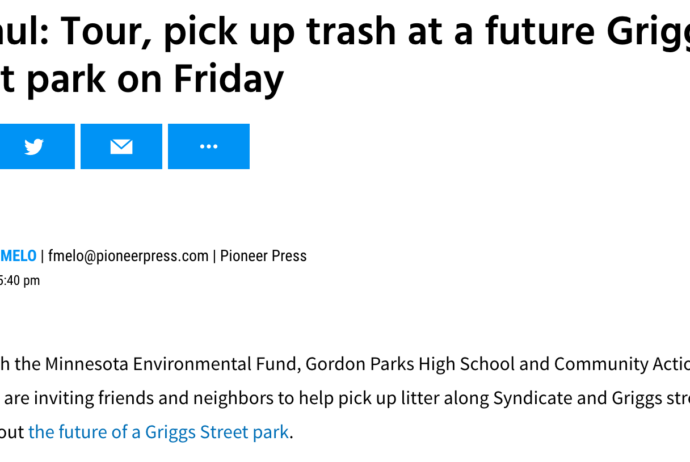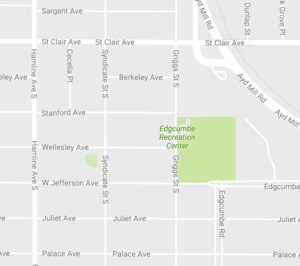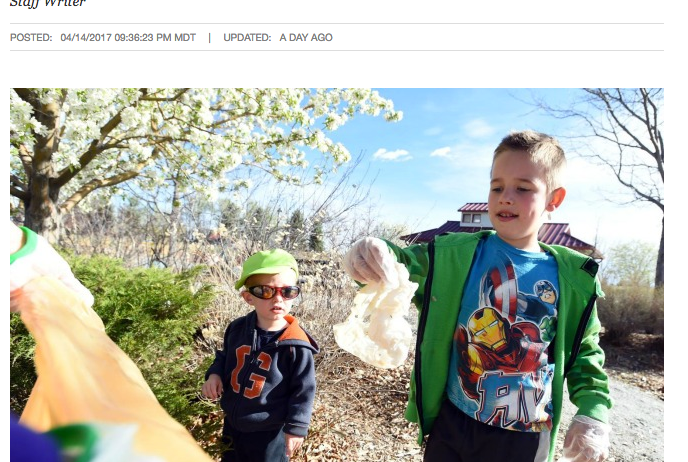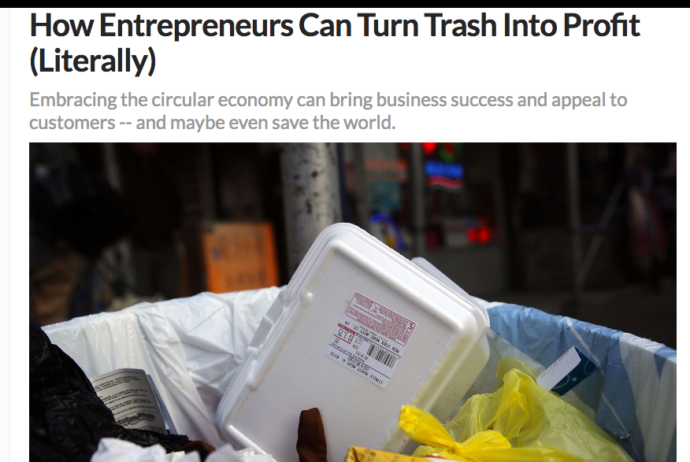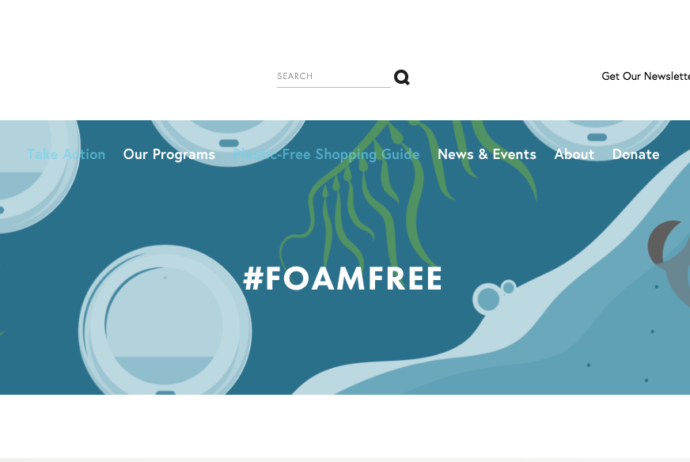How many of you use styrofoam cups and packaging to keep your drink and food warm or cold? I know I use them whenever I get a hot drink. In fact, everyone uses them everyday by the millions.
The problem with styrofoam products, also know as expanded polystyrene foam is that billions of them are being sent to the landfill and into our oceans rather than being recycled (fact: the EPA calculated that “less than 2% of polystyrene [were] recycled in 2013”), even though it is a form of plastic. One of the reasons for that is that there isn’t enough recycling programs that would recycle them as they would do with other plastic items. So what is the solution to this problem?
There have been different approaches to recycling styrofoam:
Ashton Cofer discussed at a TEDtalk event a design that him and his team made that converts foam into active carbon, like the filters that filter filthy water and air. It not only saves landfill space, but also reuses the resource of styrofoam. Watch his presentation to get more information about the design.
Chick-fil-A are up-cycling their used styrofoam cups in an environmentally helpful way. They partner up with IWS, Plastic Recycling of Iowa Falls, Inc, and a few other recycling locations that turns used polystyrene into usable products. You can read about this through this link.
Montana is taking a step further by proposing a bill to ban styrofoam food packaging and cups from restaurants and food packaging companies. Their aim is “to protect the health of people and wildlife in Montana” since the digested plastic poisons the body of animals and those who consumes them.
An organization called 5Gyres is spreading awareness about plastic in our oceans, especially styrofoam. They form events, programs, and guides to be #plasticfree. You can learn more about this organization by visiting their website.
You see, there are different ways that people, organizations, and companies are taking to change how foam is thrown away. You can be foam free by using your reusable cups or even don’t have the plastic covers of the styrofoam cups. There are so many ways, take action and be green.
Here are two photos of styrofoam robots that were made by artists: 


